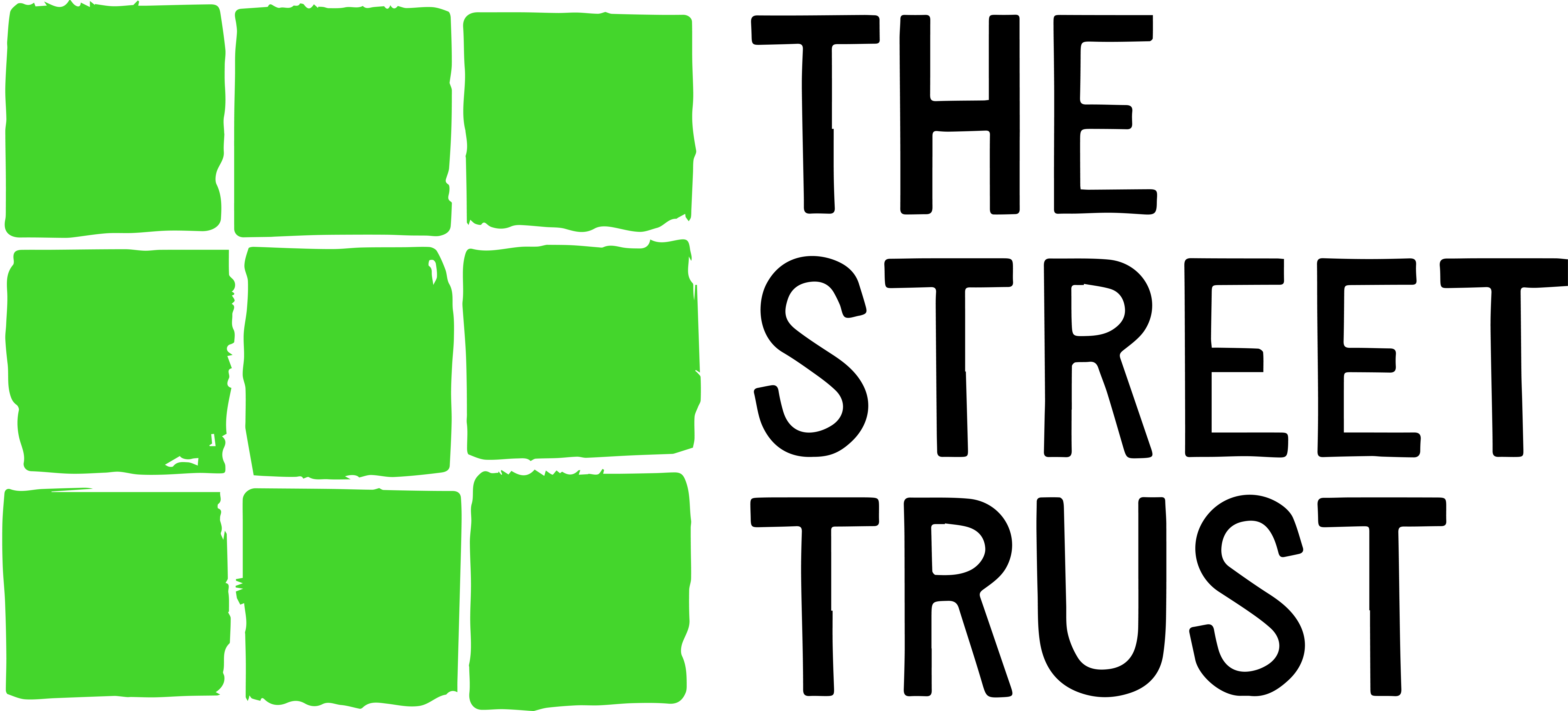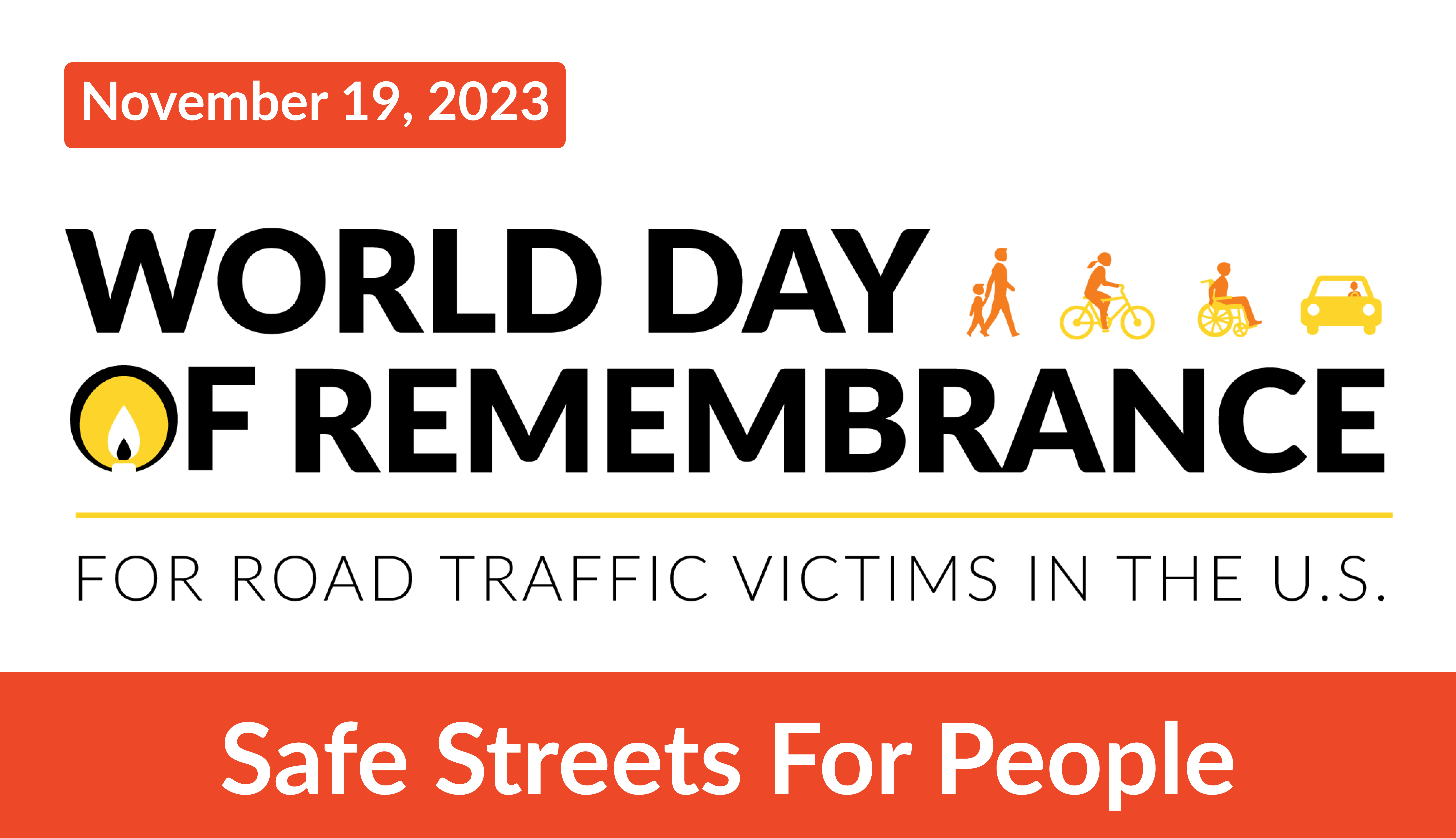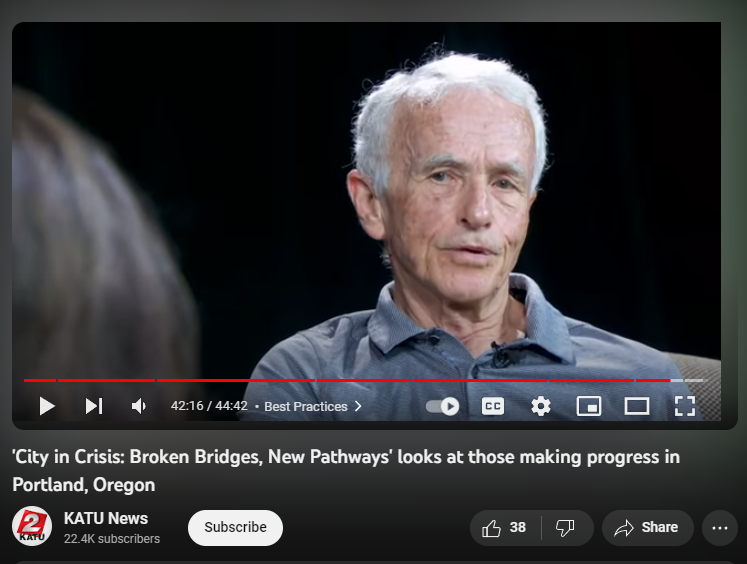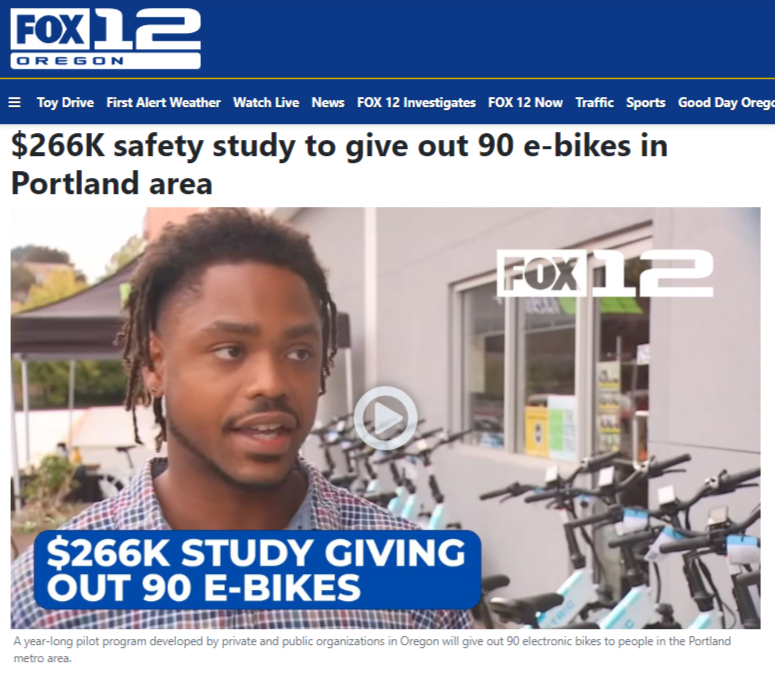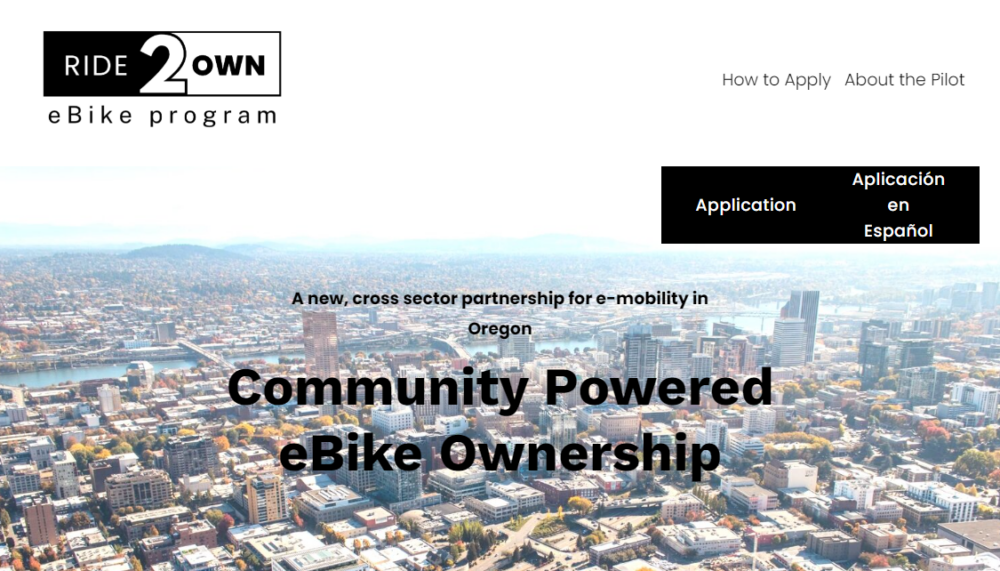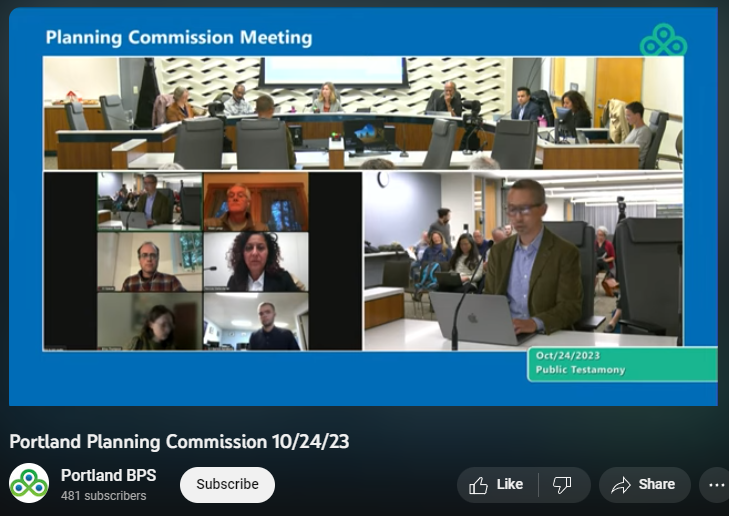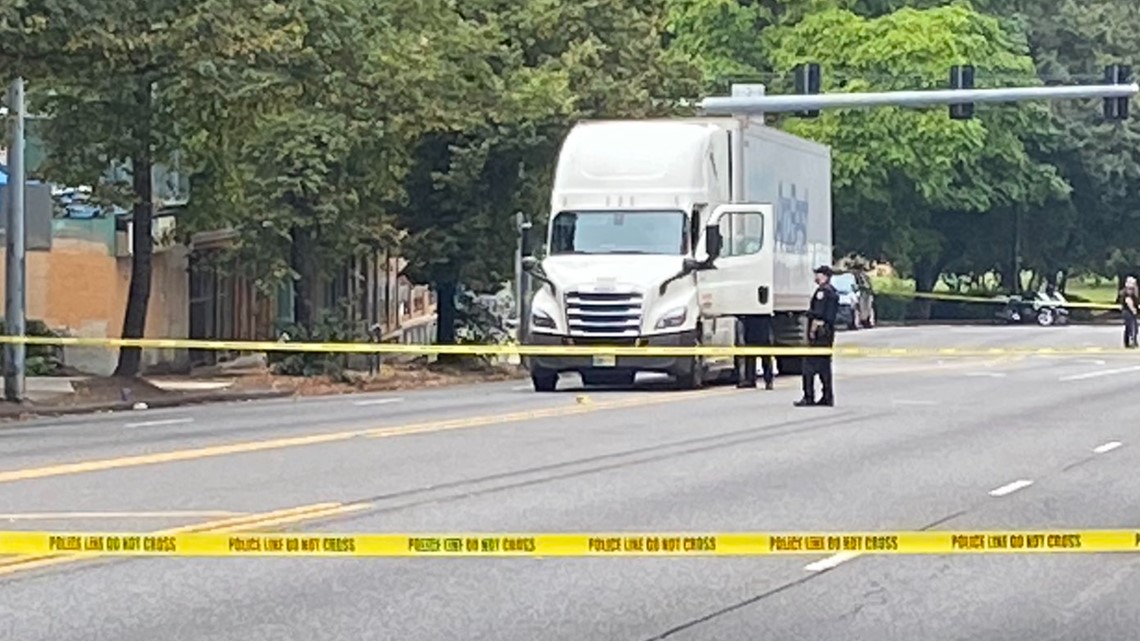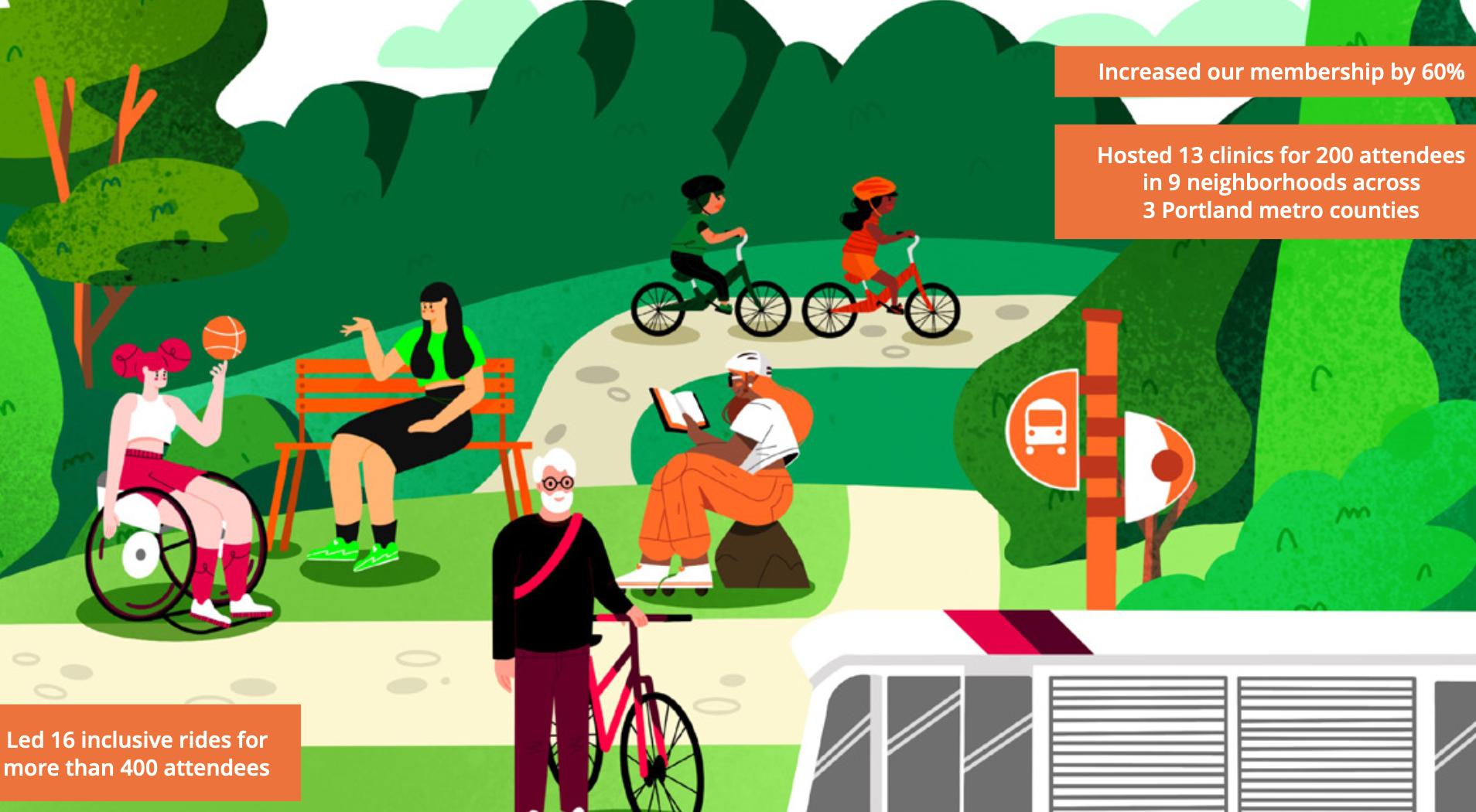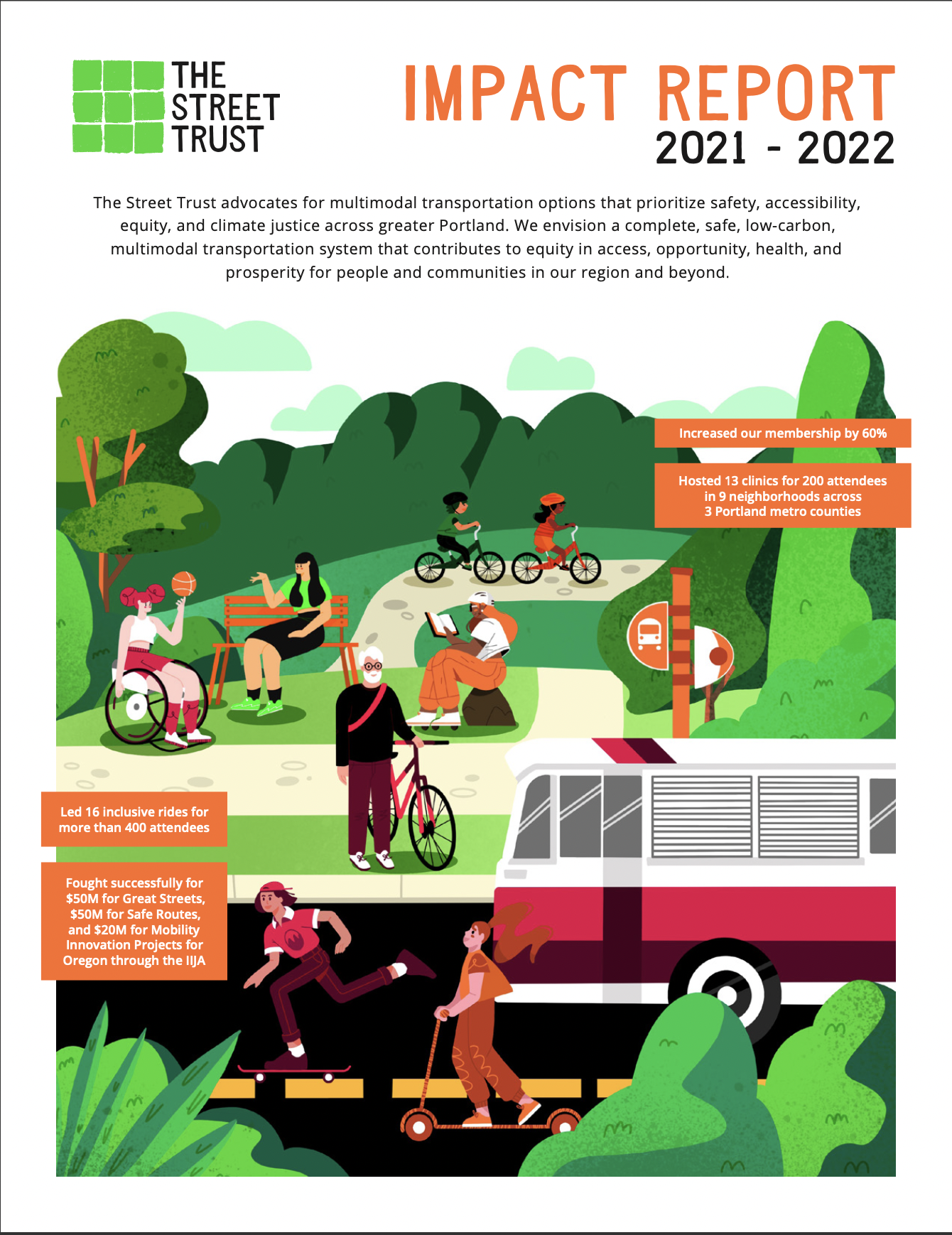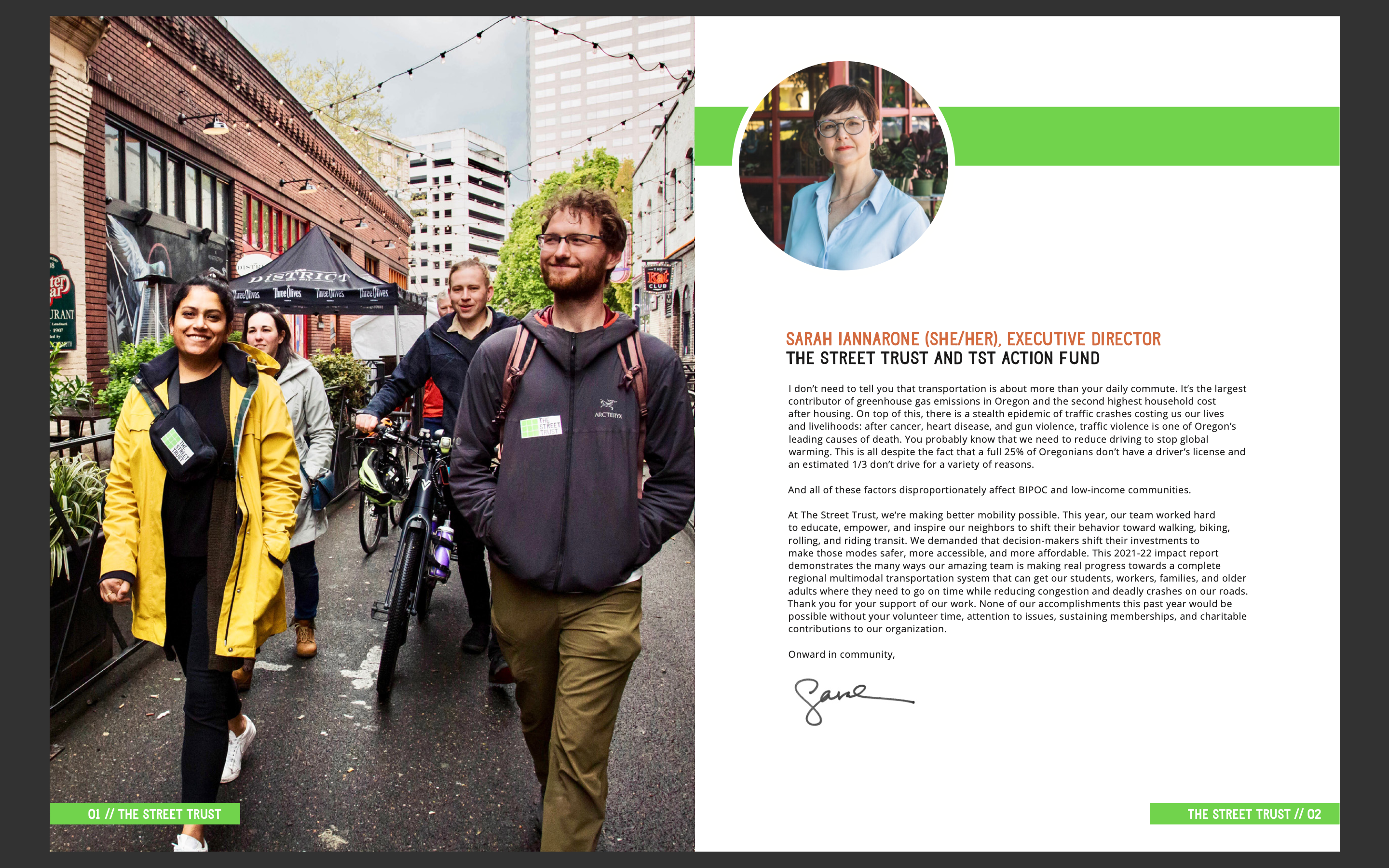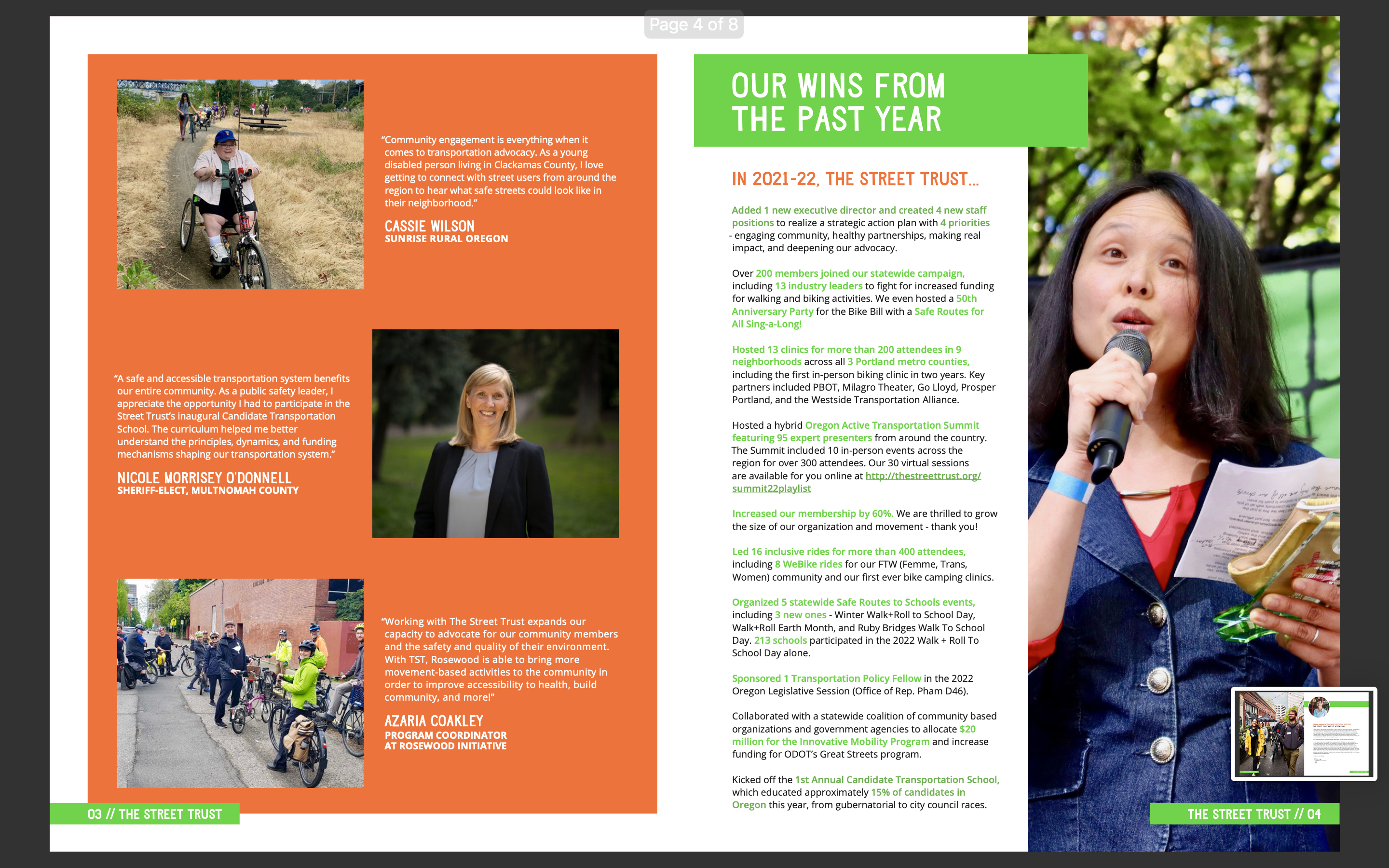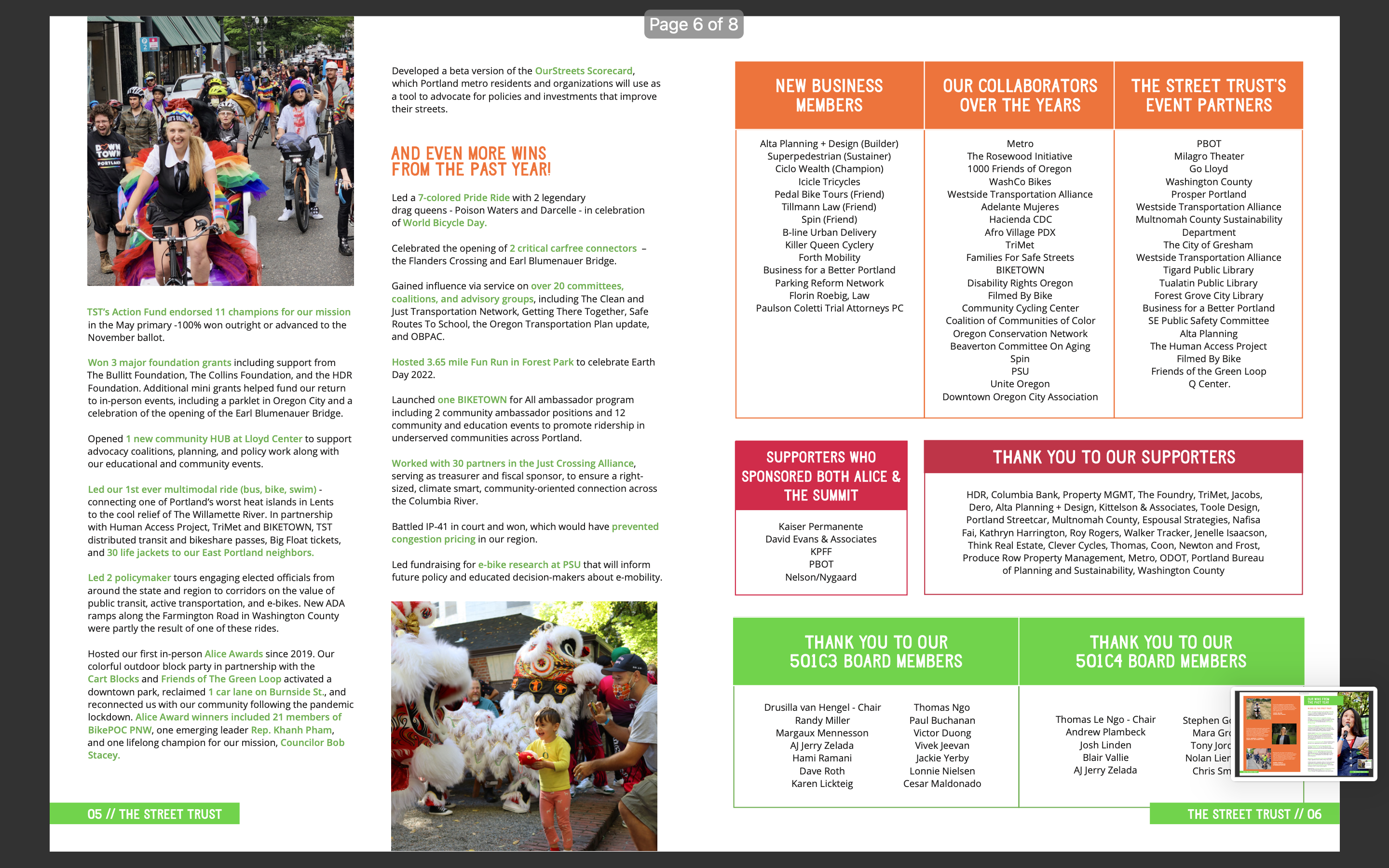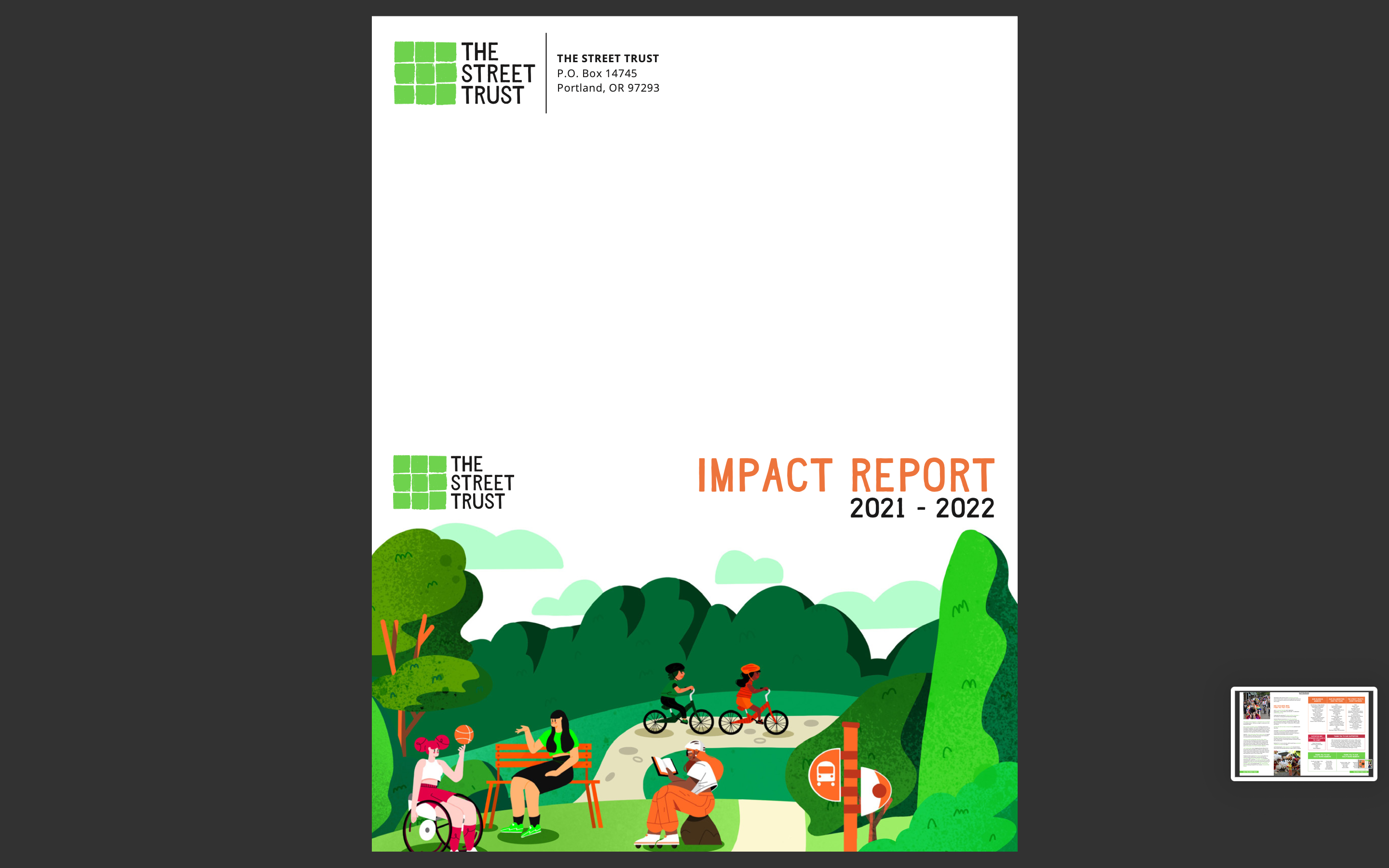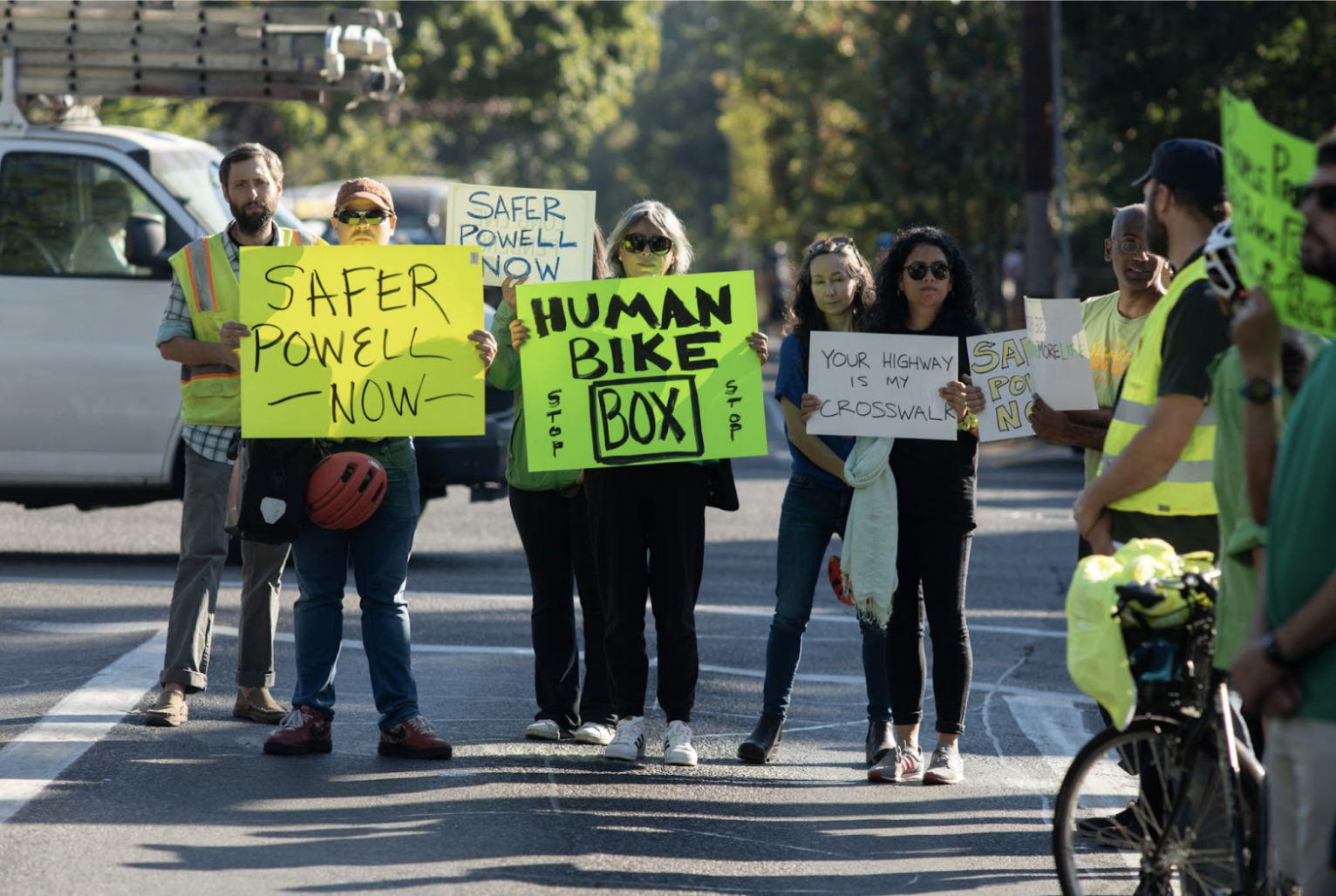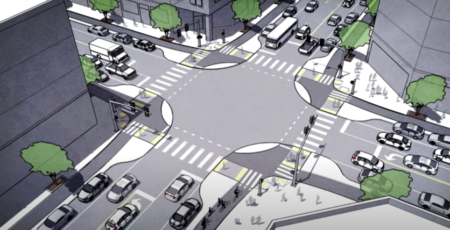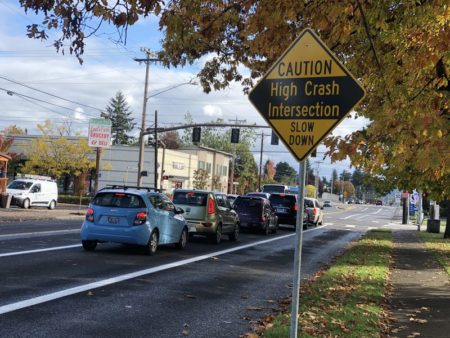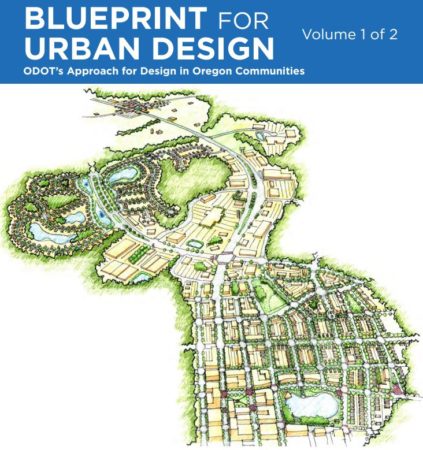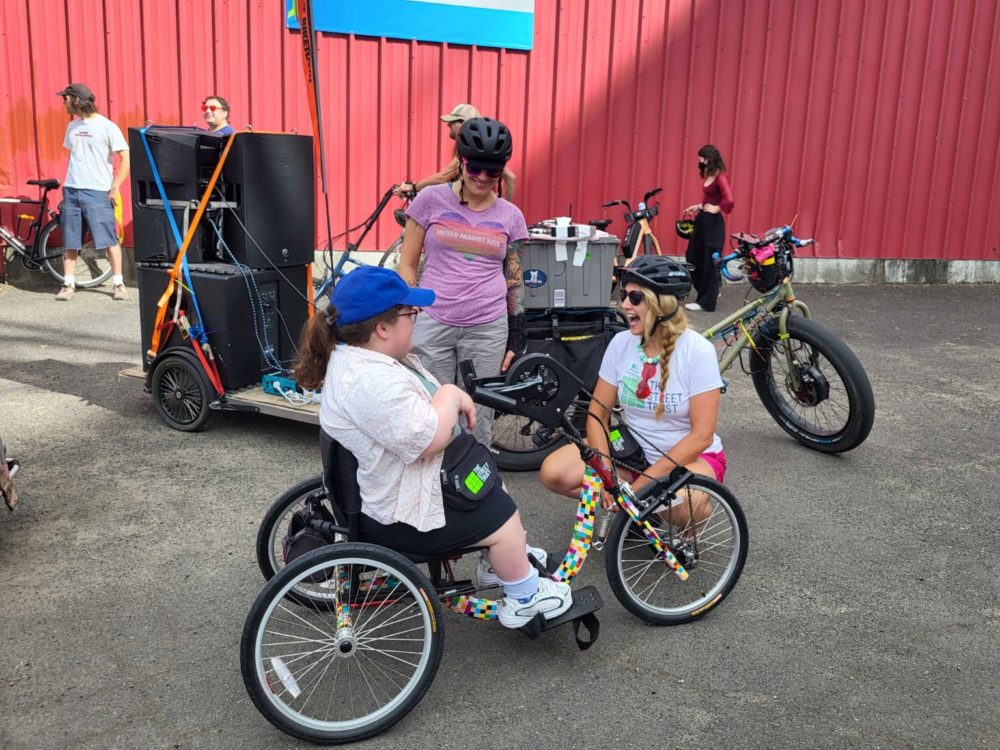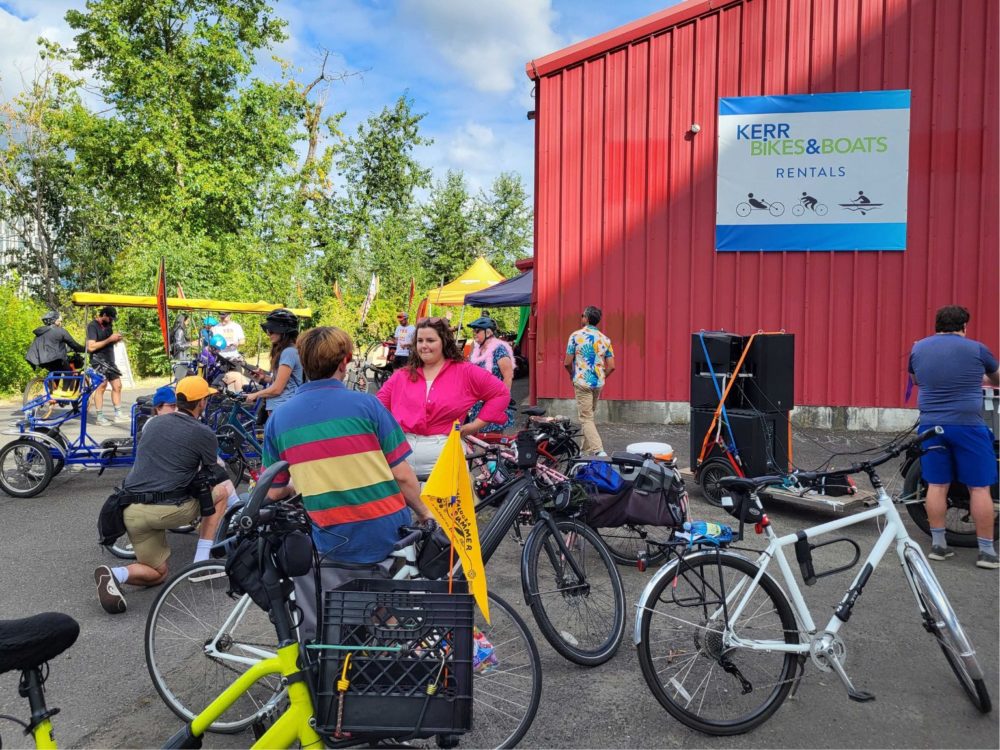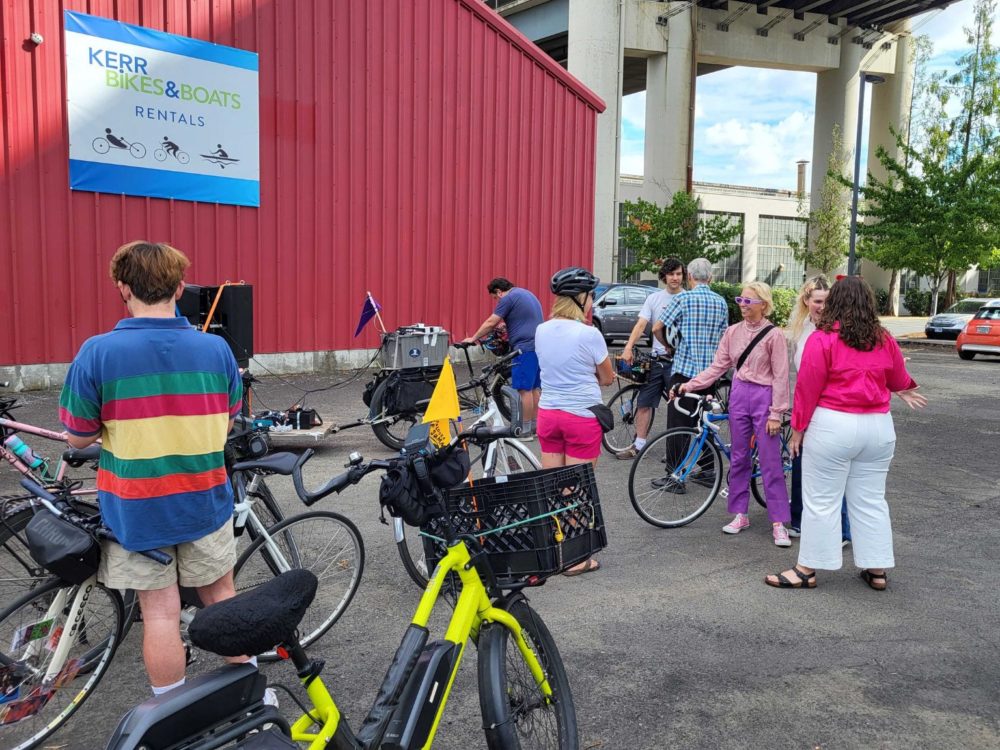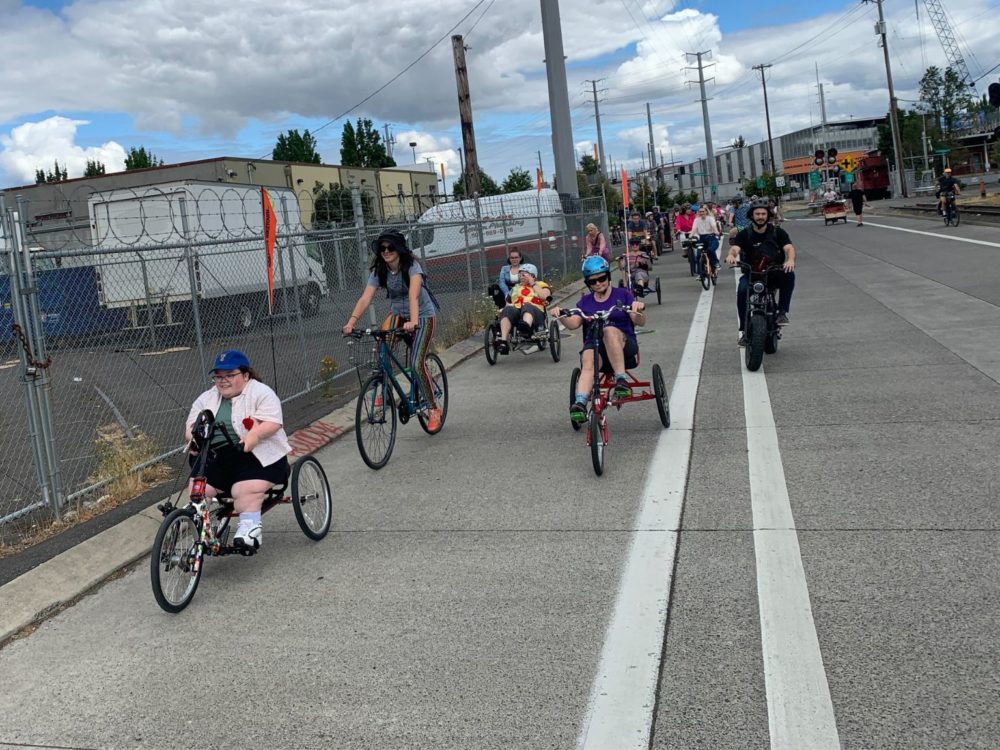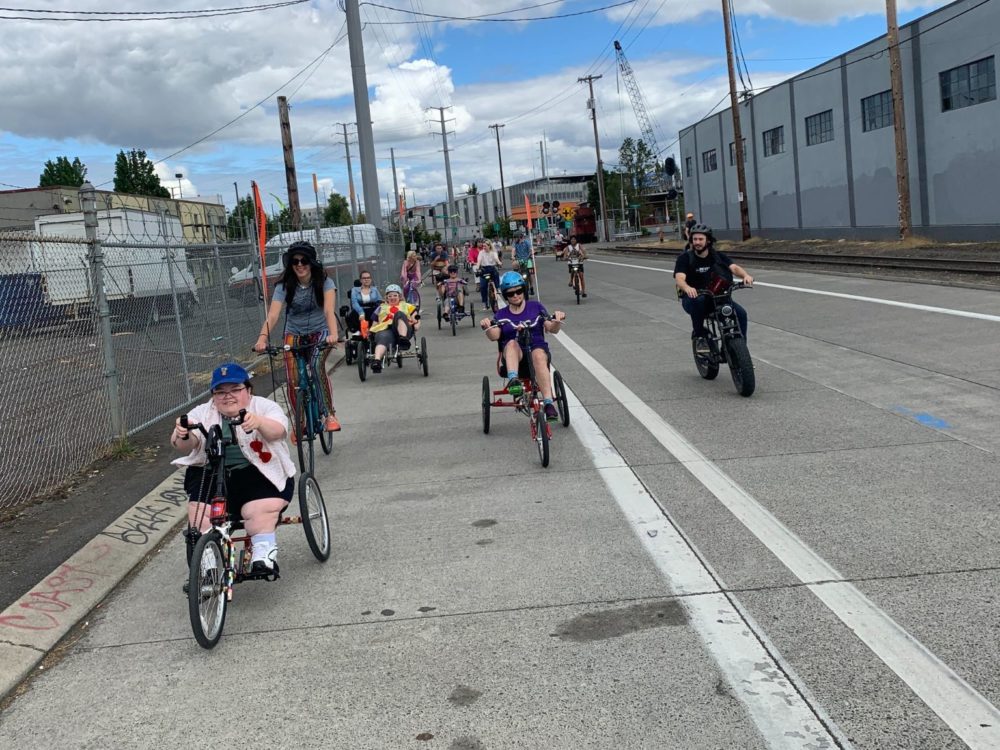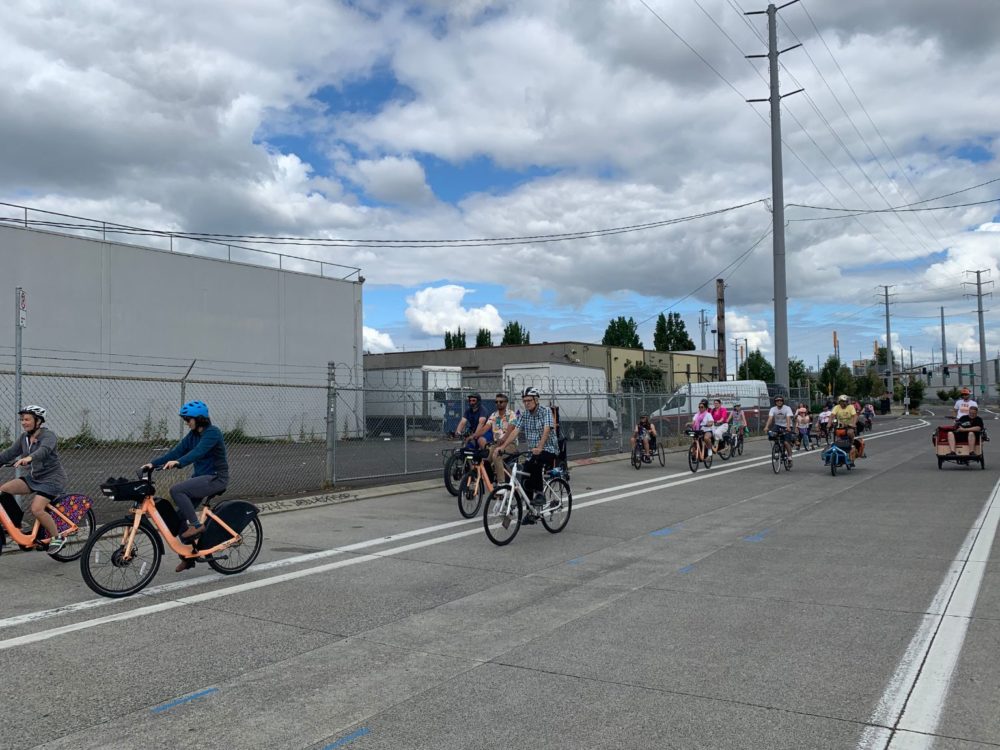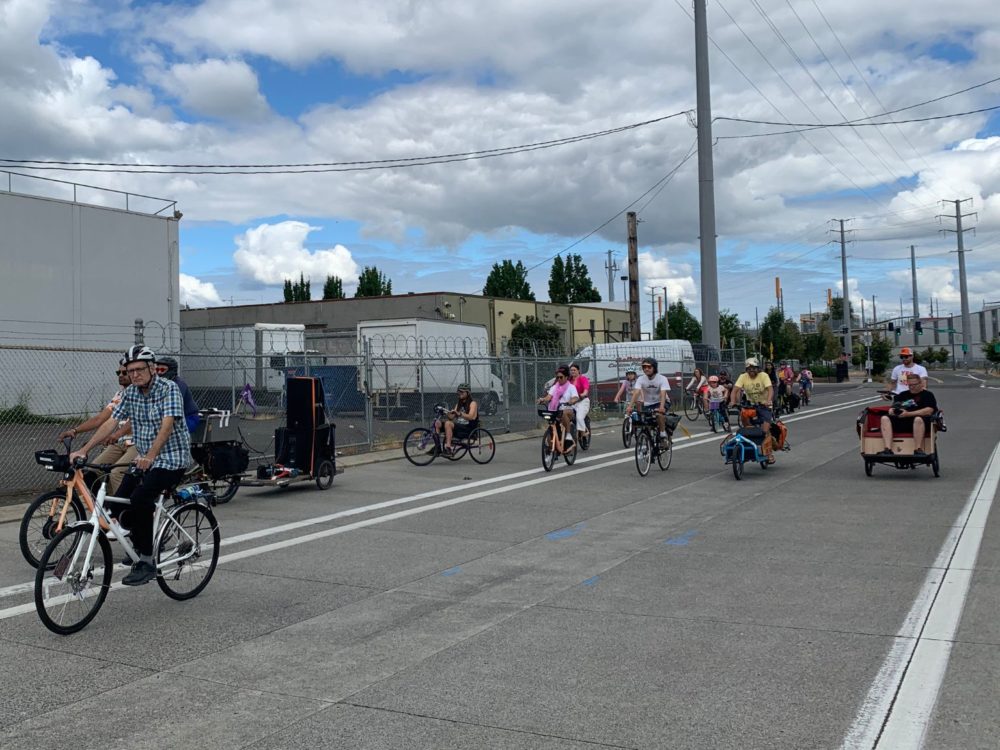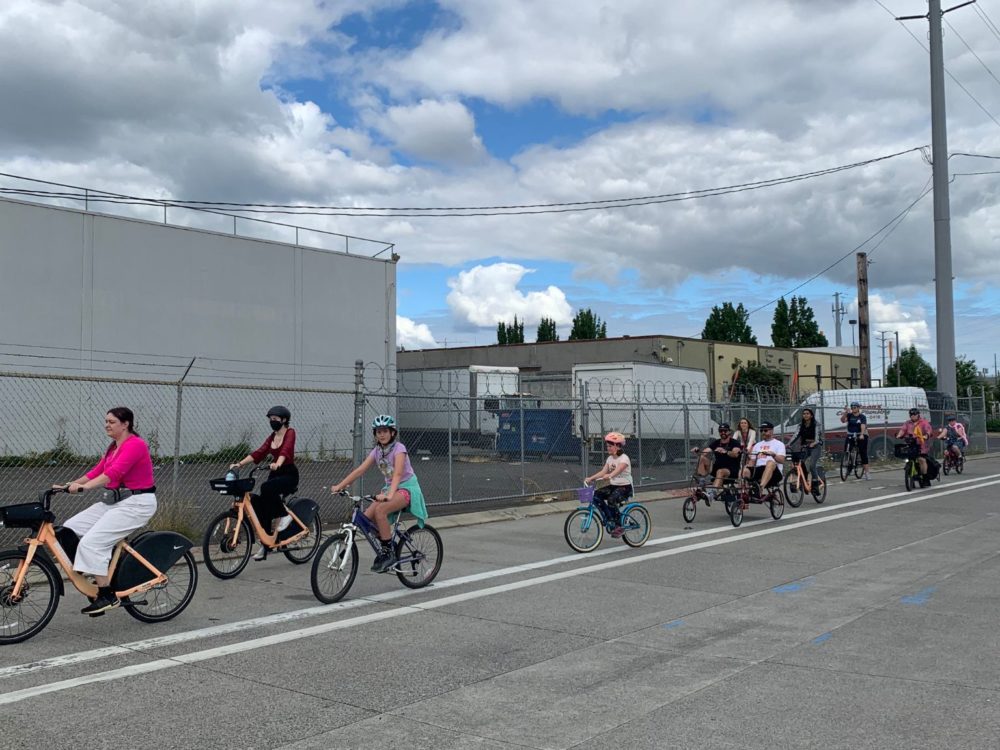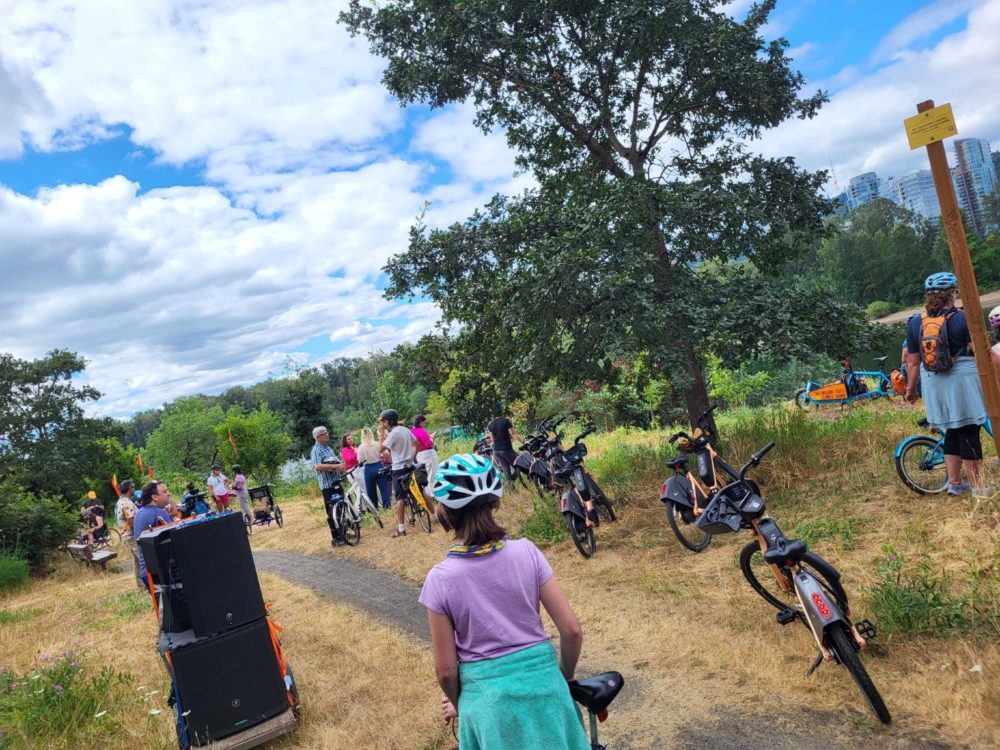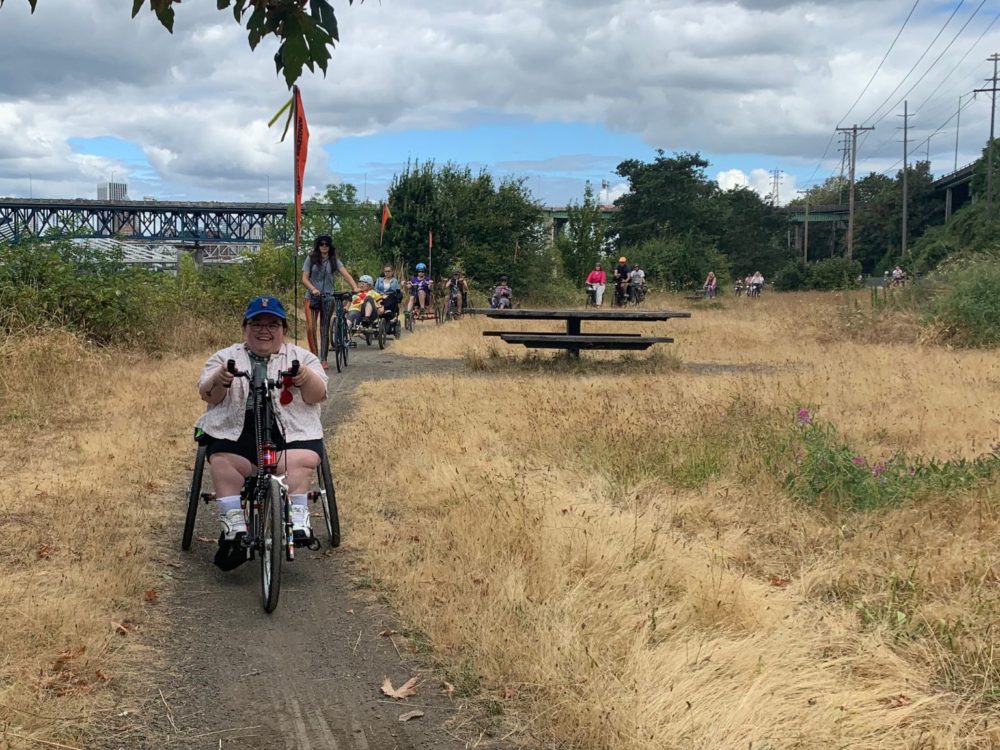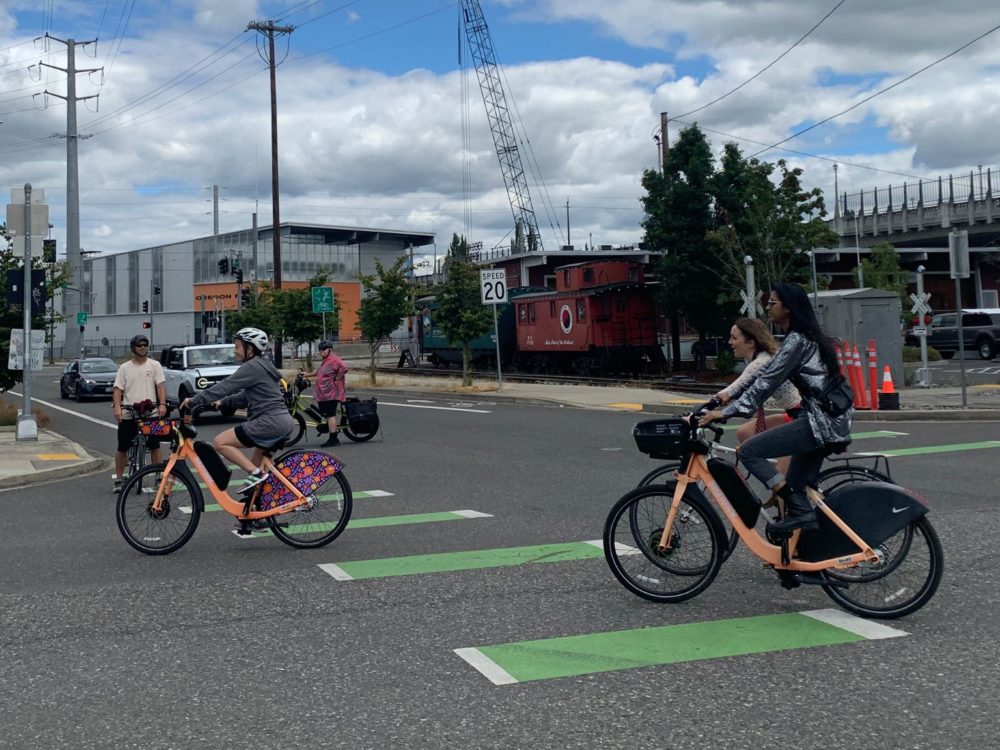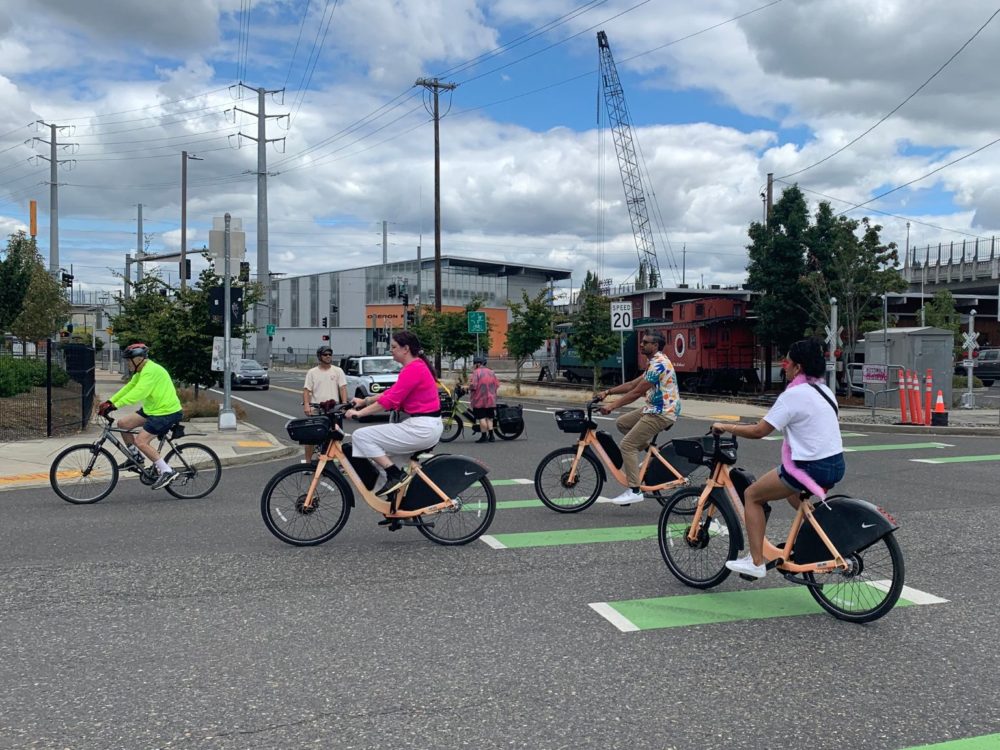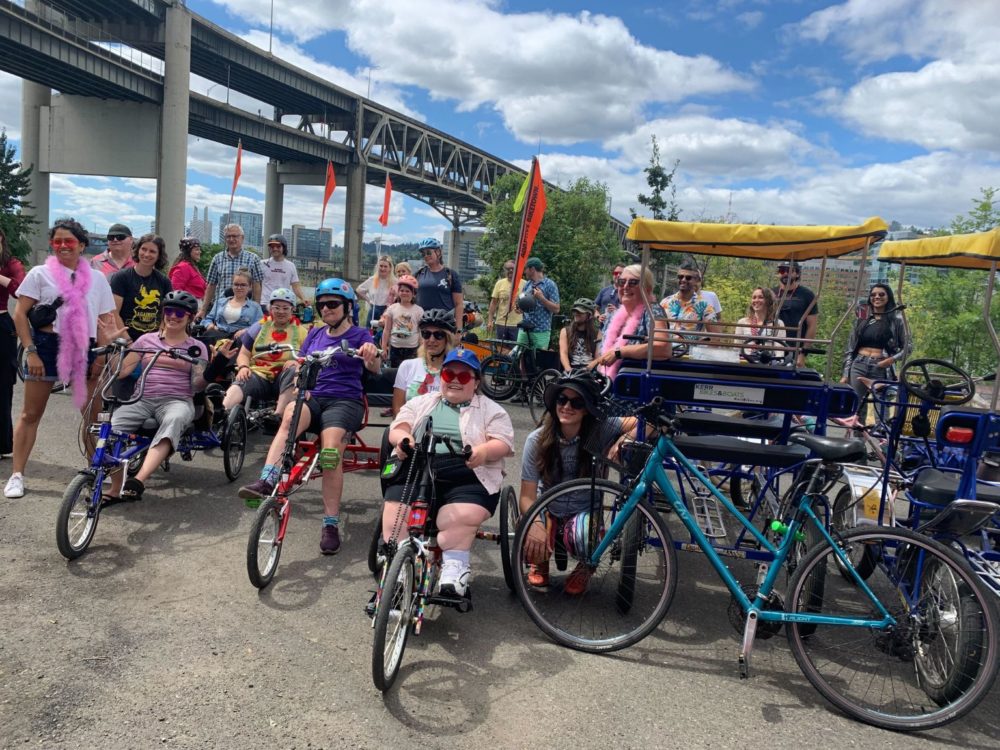August 3, 2024
FOR IMMEDIATE RELEASE
Portland, OR – As Oregon’s leading safe streets advocacy group, The Street Trust is appalled by the City of Portland’s inability to effectively address the street takeovers and racing events posing a threat to street safety for its residents. Despite the additional measures provided by state lawmakers in 2023 via SB 615, the Portland Police Bureau (PPB) claims they cannot track basic data or muster adequate resources to counter these dangerous gatherings and life-threatening behavior. This contrasts sharply with PPB’s swift and resource-intensive responses to the 2020 protests, where they frequently deployed significant personnel and equipment to disperse gatherings in Portland’s streets.
These illegal street racing events predominantly occur within Portland’s High Crash Network, areas already suffering from poor infrastructure and high crash rates. These streets and intersections are located in neighborhoods which are, according to PBOT’s Equity Matrix, often lower-income and home to higher percentages of BIPOC and immigrant residents. These areas require immediate traffic calming measures, such as raised hardened centerlines, which are effective at stopping street takeovers without compromising the safety of other street users such as bicyclists and motorcyclists. Portland’s deadliest streets, like Marine Drive, should be a priority for these interventions. The lack of immediate investment in these areas poses a daily threat to Portland’s most vulnerable communities.
Moreover, the city’s response continues to be dominated by a failing law enforcement-centric approach when a coordinated, community-oriented approach is essential for sustainable solutions. Engaging with other bureaus and government agencies, traffic safety advocacy groups, neighborhood associations, and community-based organizations is crucial. The Street Trust is calling on City of Portland leadership to mount a unified community response to address these takeovers, emphasizing diverse community engagement, awareness campaigns, and proactive data-driven and equity-focused public safety interventions.
To truly safeguard our communities and address the epidemic of traffic fatalities on our streets, Portland must invest with urgency in traffic calming measures and work to foster collaboration with the community in an ongoing manner. Additionally, addressing the thrill-seeking and competitive attitudes driving these street racers requires a long-term public health approach. Educational campaigns and youth intervention models are vital to changing risky driving behaviors and ensuring lasting safety improvements.
We urge Portland city officials and the PPB to reevaluate their strategies and prioritize the safety and well-being of all residents by adopting these comprehensive, collaborative, community-centered solutions as recommended by The Street Trust.
##
